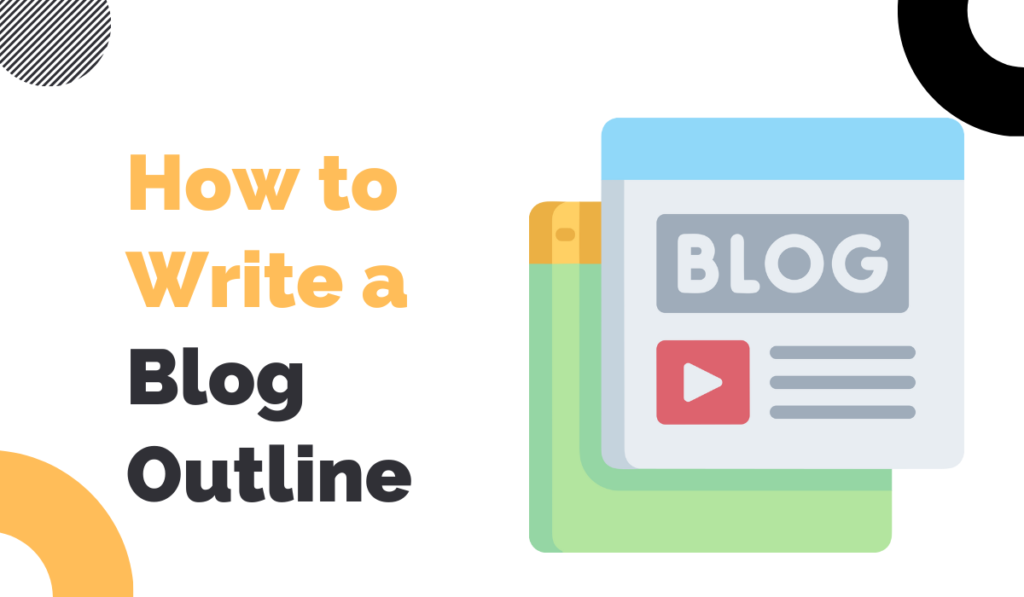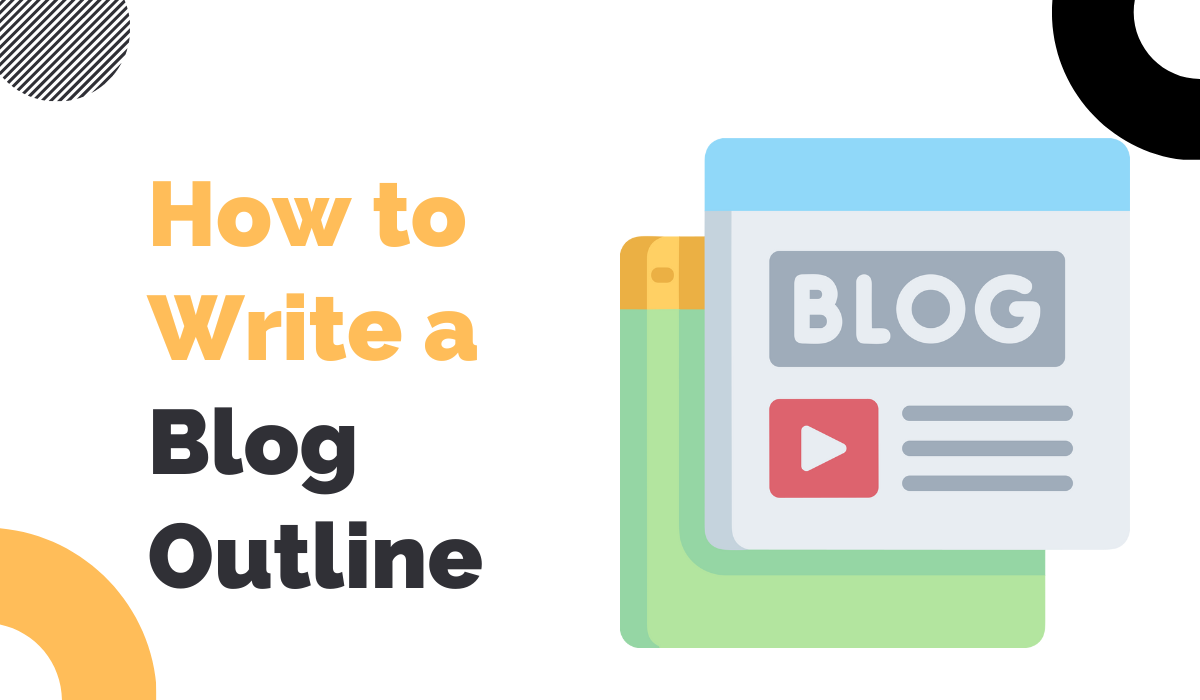
A well-structured blog outline is crucial for producing clear, engaging, and effective content. An outline serves as a roadmap, helping you organize your thoughts, ensure logical flow, and stay on topic. Whether you’re a seasoned writer or just starting, mastering the art of outlining can significantly improve the quality and efficiency of your writing process. In this blog post, we’ll walk you through the steps to create an effective blog outline and share some tips to enhance your content creation process.
1. Understand the Purpose of Your Blog Post
Define Your Goal: Before diving into the outline, clarify the purpose of your blog post. Are you aiming to inform, persuade, entertain, or solve a problem? Understanding your goal will help you tailor your outline to meet your objectives.
Identify Your Audience: Know who you’re writing for. Consider their interests, needs, and pain points. This will guide your blog post’s tone, style, and content, ensuring it resonates with your target audience.
2. Conduct Research
Gather Information: Conduct thorough research on your topic to ensure accuracy and depth. Use credible sources, take notes, and collect data that support your main points.
Identify Key Points: Based on your research, identify the key points you want to cover. These will form the core sections of your blog post and will be the focus of your outline.
3. Create a Working Title
Draft a Title: Start by drafting a working title that captures the essence of your blog post. This will help you stay focused and provide direction for your outline.
Refine Your Title: As you develop your outline, refine your title to reflect your post’s content and main points. A clear, compelling title will attract readers and set expectations.
4. Organize Your Main Sections
Introduction: Begin your outline with an introduction that sets the stage for your blog post. Include an attention-grabbing hook, provide context or background information, and state the purpose or thesis of your post.
Body: Break down the body of your blog post into main sections or headings. Each section should cover a specific aspect of the topic and contribute to your overall goal. For each section, outline the key points or subpoints you plan to discuss.
Conclusion: Conclude your blog post with a summary of the main points and a call to action (if applicable). The conclusion should reinforce the purpose of your post and leave a lasting impression on your readers.
5. Develop Detailed Subpoints
Expand Each Section: List detailed subpoints or bullet points you want to cover under each main section. These should support the main points and provide additional information or examples.
Ensure Logical Flow: Arrange your subpoints logically to ensure a smooth flow of information. Consider how each subpoint connects to the previous one and leads into the next.
6. Incorporate Visual Elements
Plan Visuals: Determine where visual elements such as images, charts, infographics, or videos might enhance your blog post. Visuals can help clarify complex information, break up text, and make your post more engaging.
Add Visual Cues: In your outline, note where these visuals will be placed and what they will depict. This will help you integrate them seamlessly into your final draft.
7. Review and Revise
Check for Completeness: Review your outline to ensure it covers all the necessary points and supports your blog post’s purpose. Make sure you haven’t missed any critical information.
Revise for Clarity: Revise your outline for clarity and coherence. Ensure that each section and subpoint is clearly defined and logically organized.
Seek Feedback: Get feedback on your outline from a colleague or peer. They can provide valuable insights and help you identify gaps or areas for improvement.
8. Write a Compelling Introduction
Hook the Reader: Craft an engaging introduction that captures the reader’s attention. Use a compelling hook, such as a surprising fact, a thought-provoking question, or an interesting anecdote.
Set Expectations: Clearly state what readers can expect from your blog post. Outline the main points you’ll cover and explain why the topic is relevant or important.
9. Draft Your Blog Post
Follow the Outline: Use your outline as a roadmap to draft your blog post. Stick to your planned structure and flow, but be flexible and adjust as needed.
Stay on Topic: Ensure each section and subpoint focuses on your main topic and purpose. Avoid going off on tangents or including irrelevant information.
10. Edit and Proofread
Review for Structure: After drafting your blog post, review it to ensure that the structure and flow align with your outline. Make any necessary adjustments to improve coherence and readability.
Proofread for Errors: Proofread your blog post for grammatical errors, typos, and formatting issues. Ensure that your content is polished and professional.
Get a Second Opinion: Have someone else read your blog post to catch any errors you might have missed and provide feedback on the overall clarity and effectiveness.
Conclusion
Creating a well-organized blog outline is fundamental to writing a compelling blog post. By defining your goals, conducting thorough research, organizing your main sections, and developing detailed subpoints, you can create a clear roadmap for your content. Incorporate visual elements, review and revise your outline, and follow it closely as you draft your post. With a solid outline, you’ll be better equipped to produce high-quality content that engages your audience and achieves your writing objectives.

